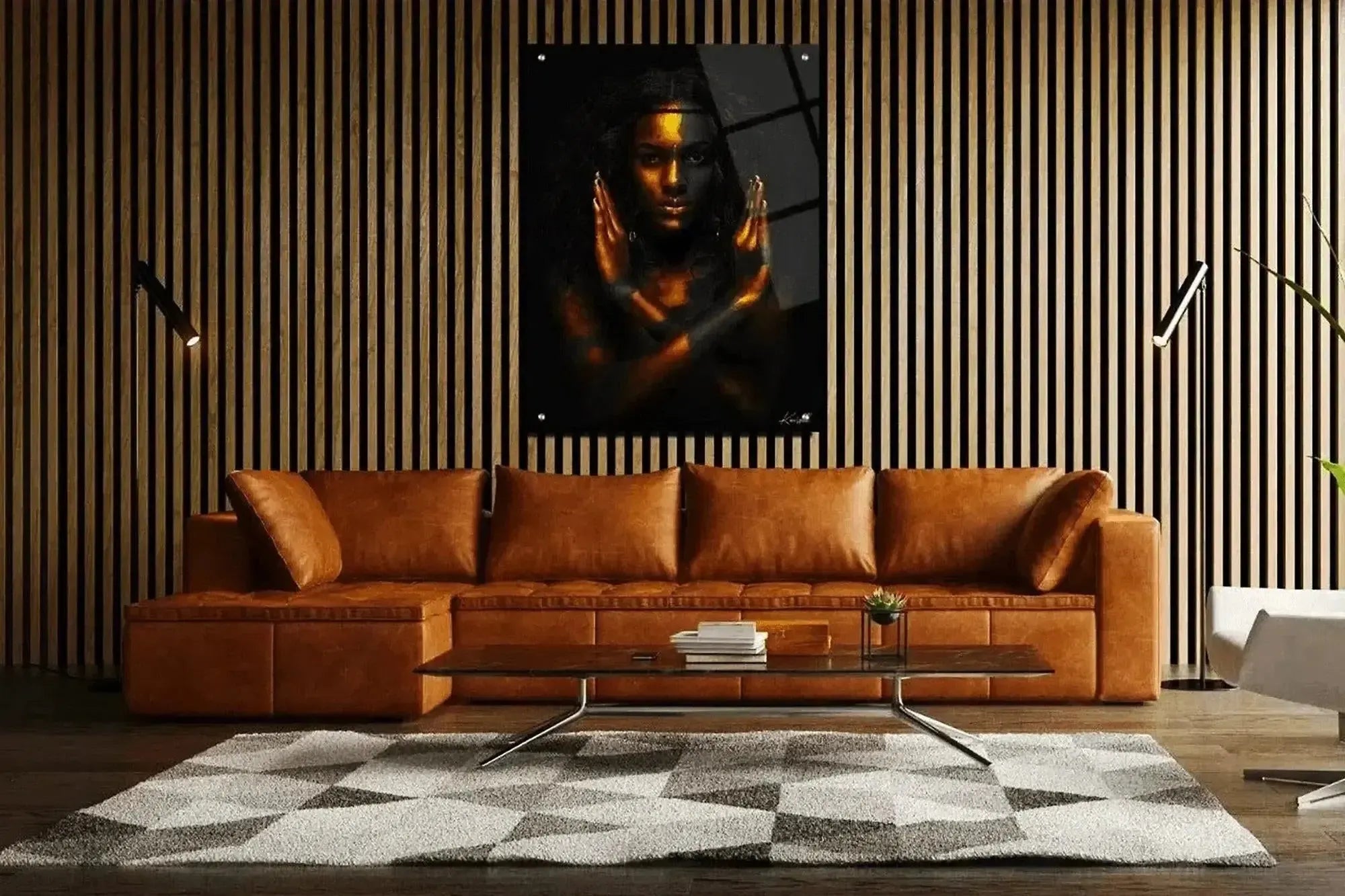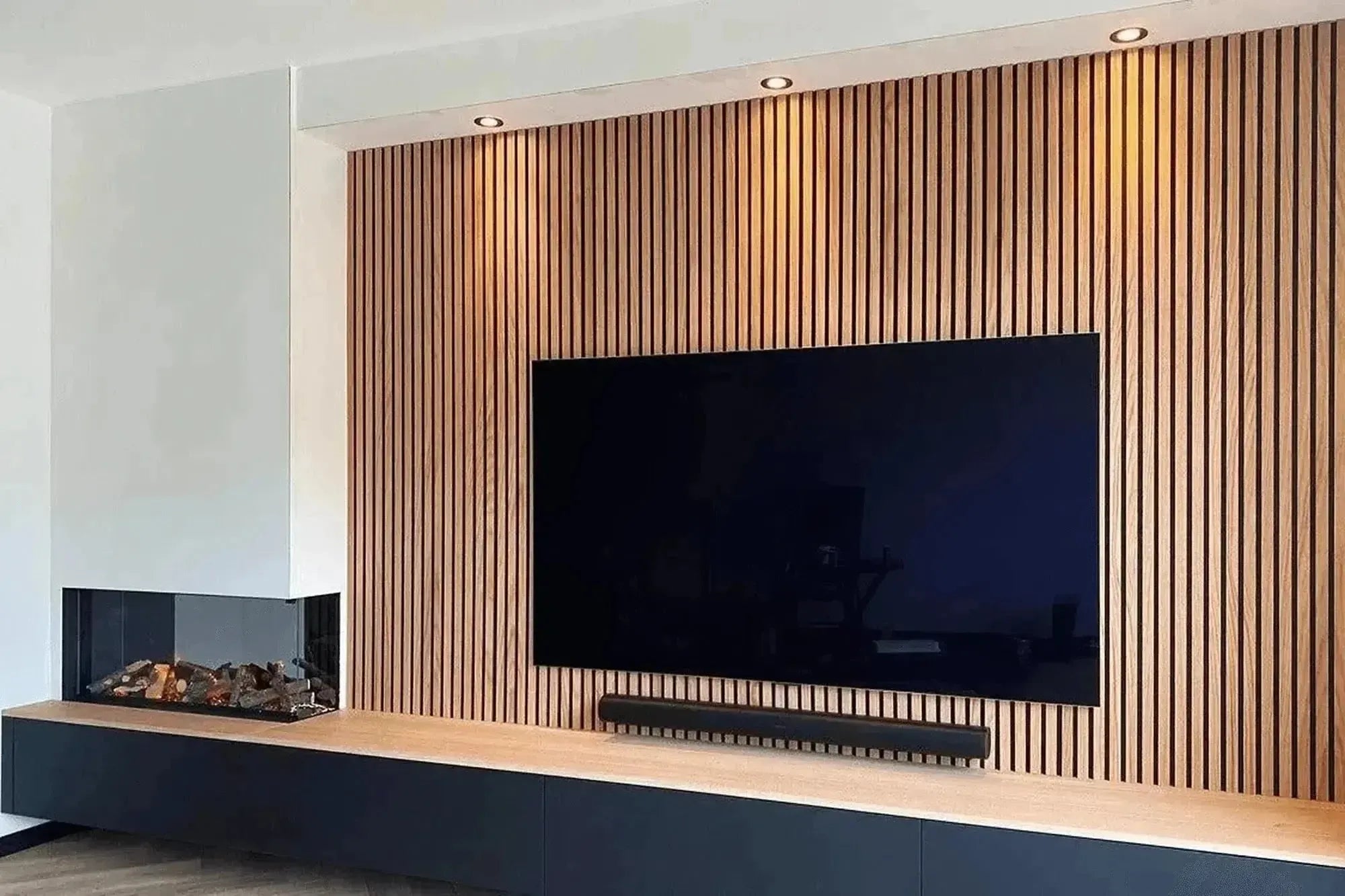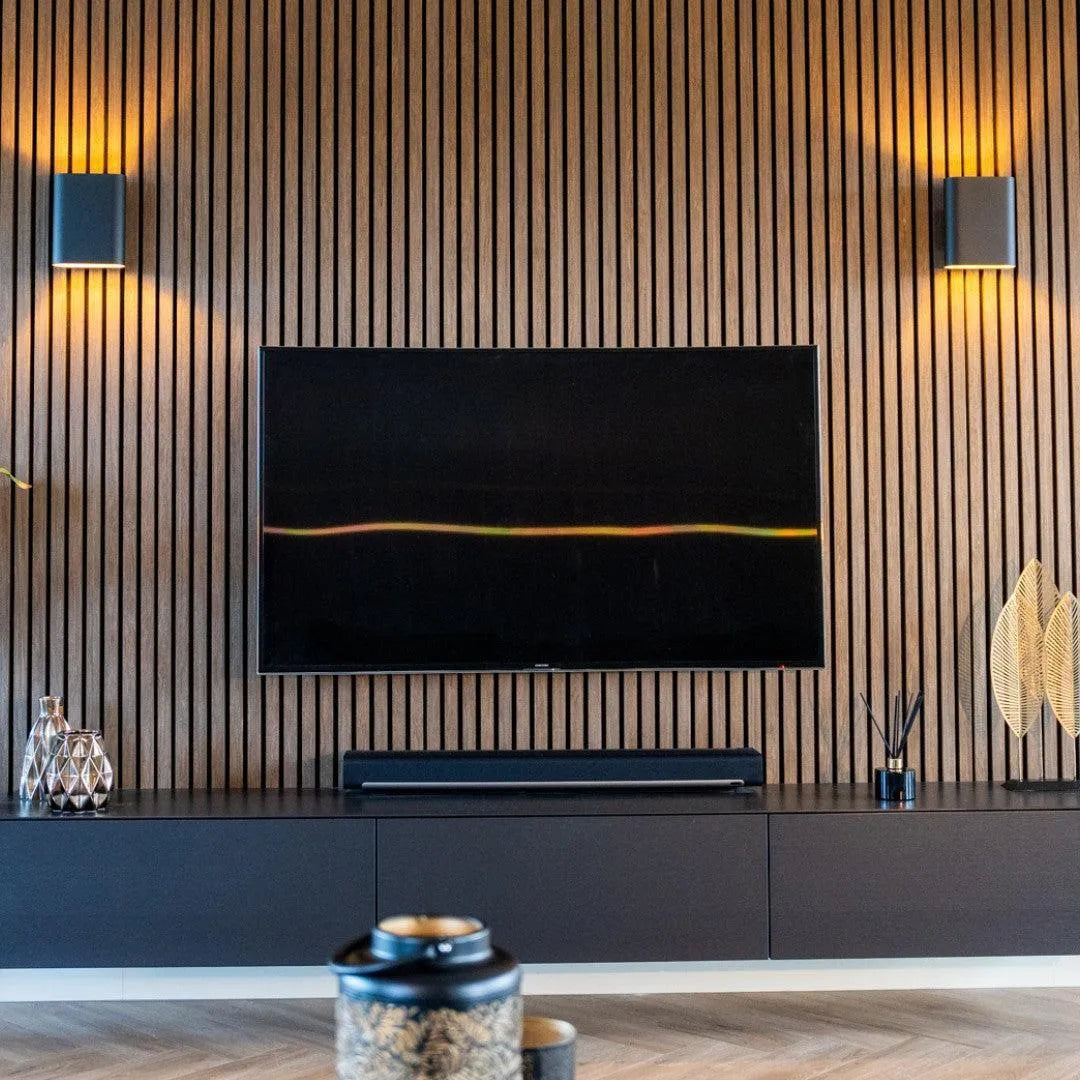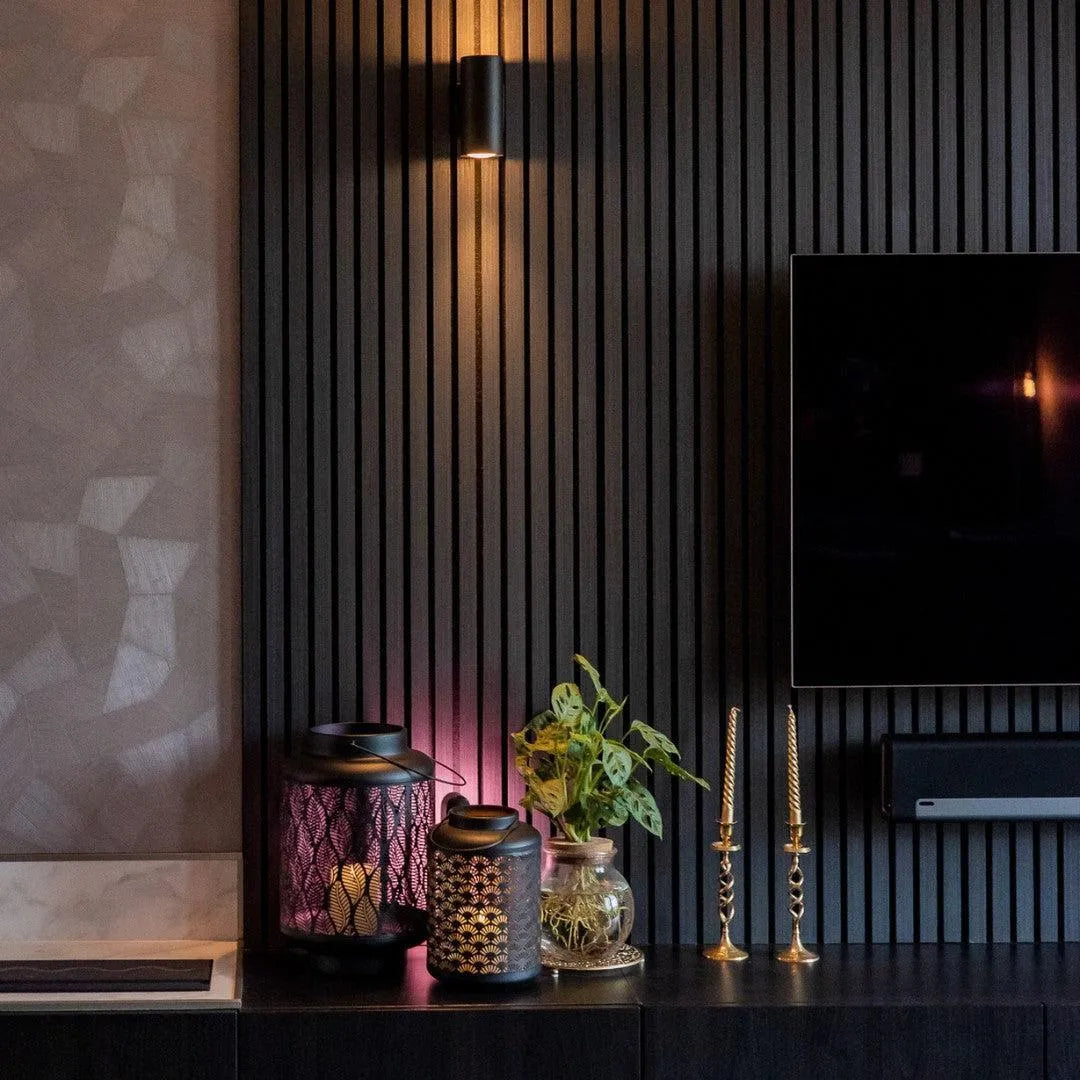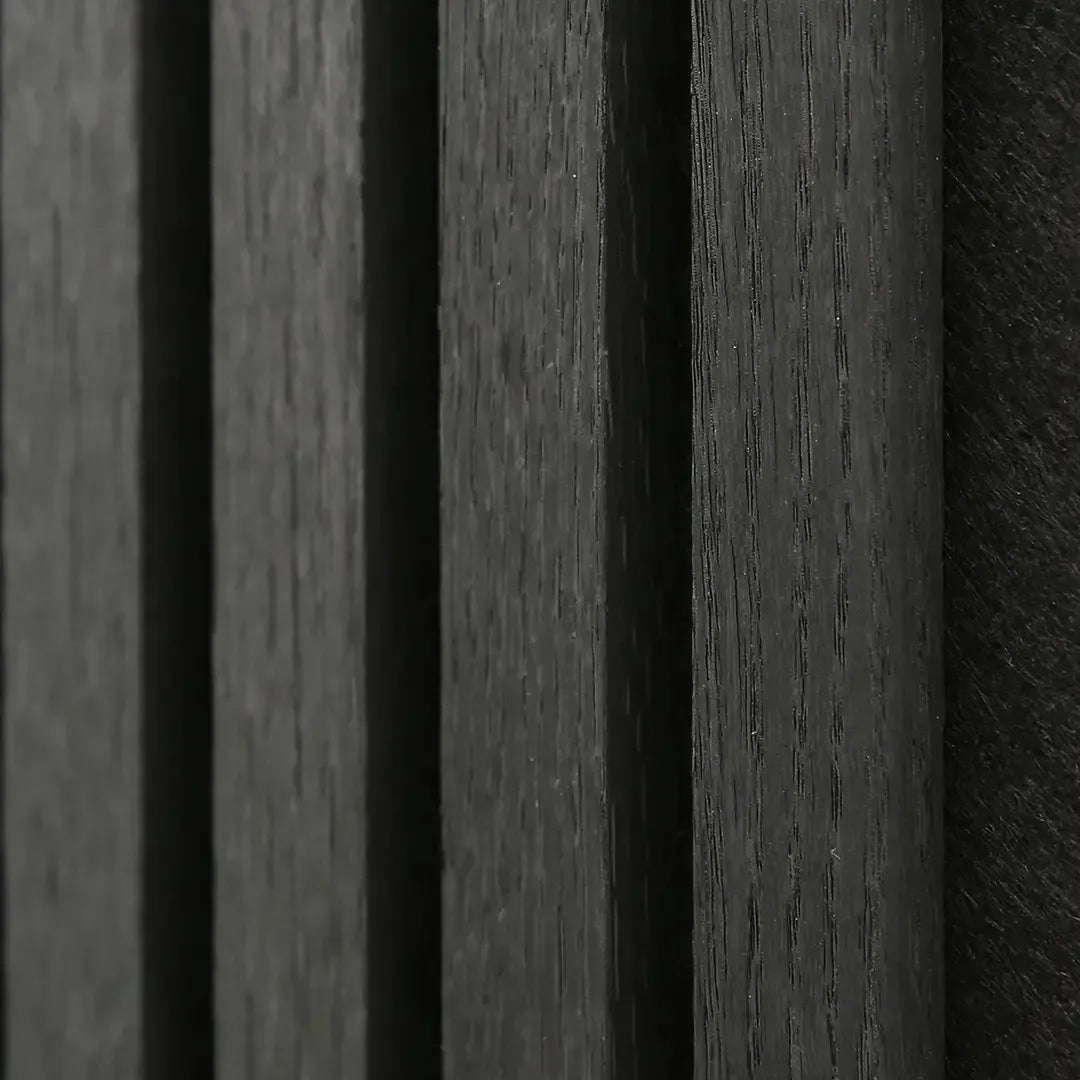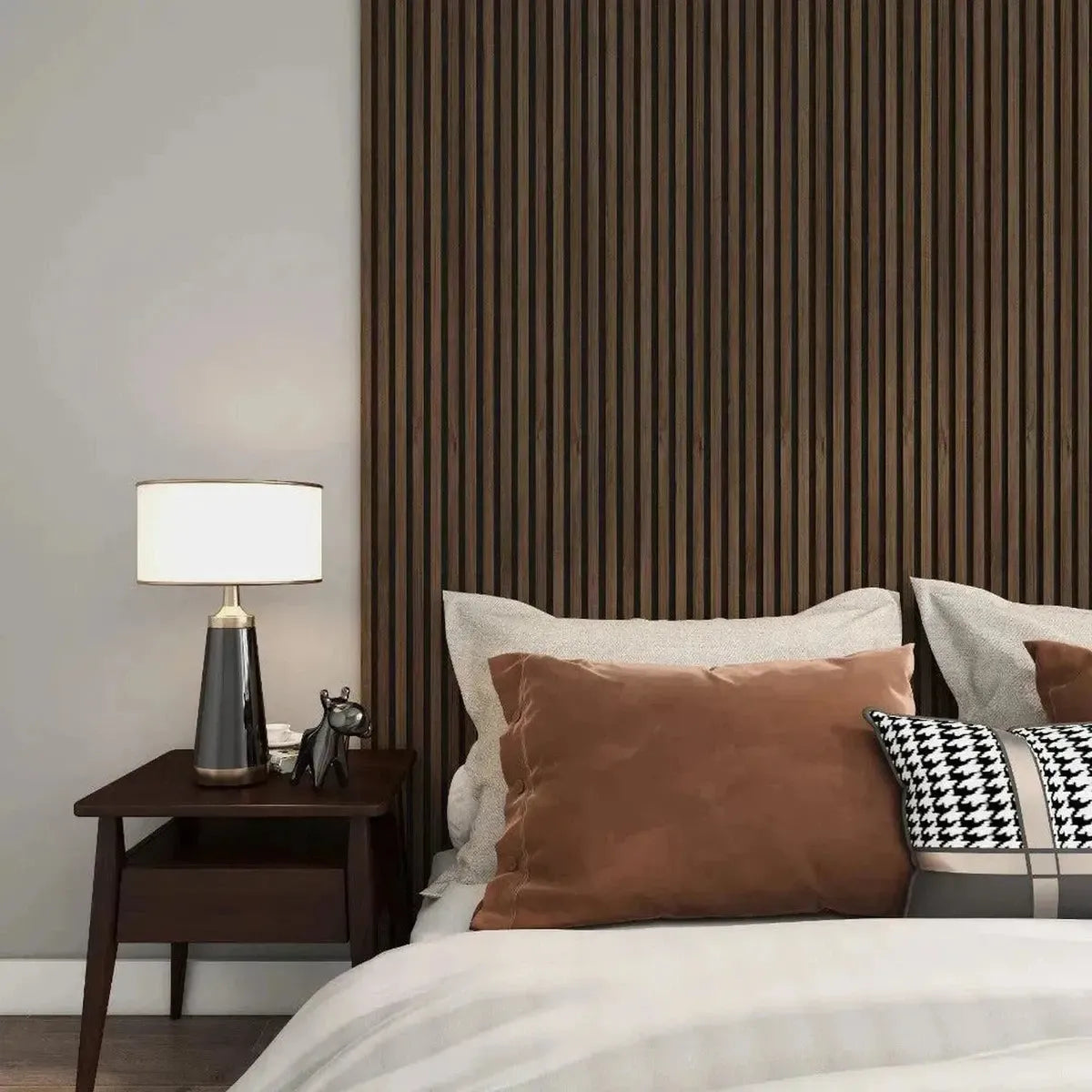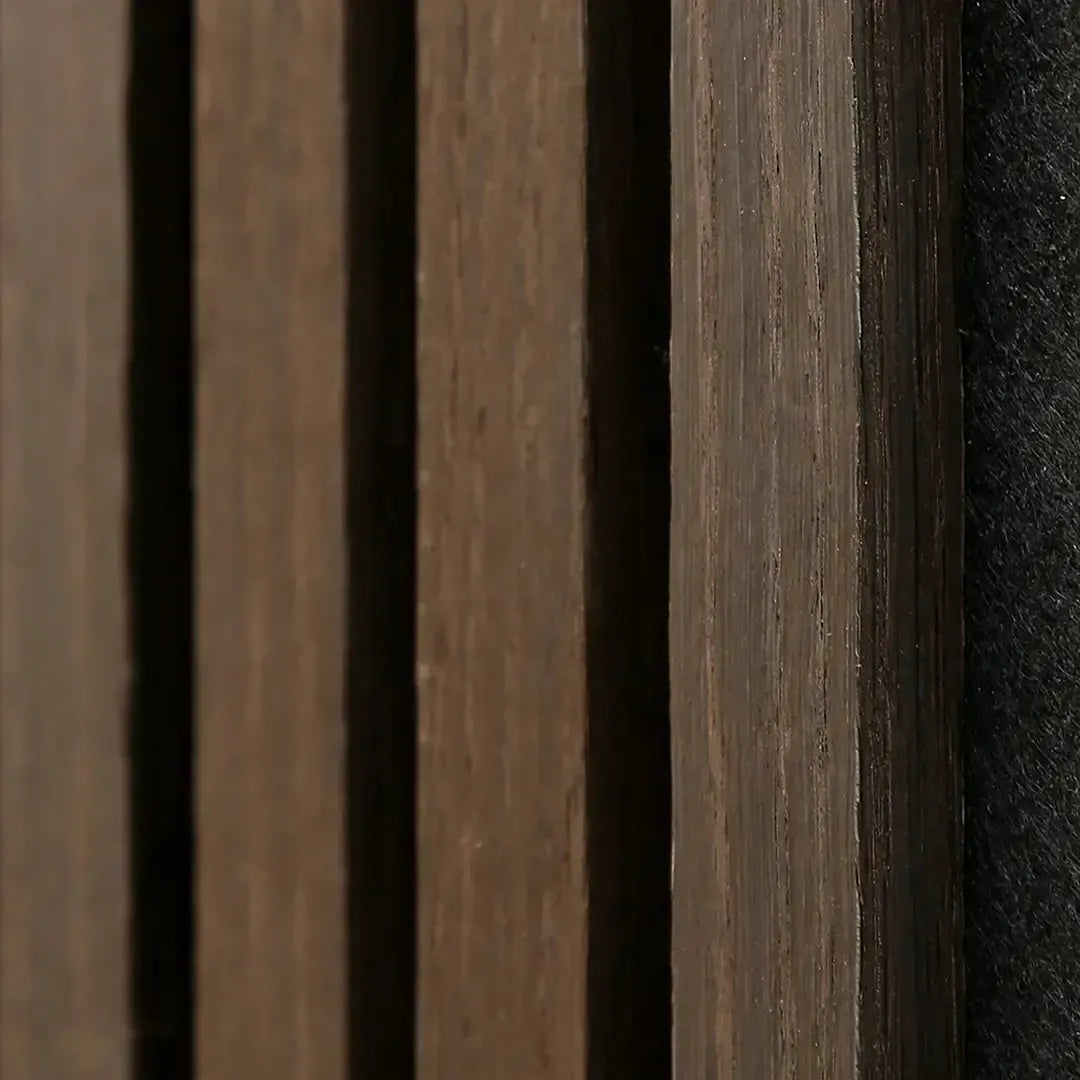How To Make Walls Soundproof
Enjoying your favorite show or working undisturbed on a project may seem simple enough in theory, but external noises often get in the way, leading to unnecessary disruptions. Being disturbed by extraneous noise at home or in the office can be incredibly frustrating and distracting. Thankfully, with the right soundproofing, this problem can be resolved in a stylish way.
What Is Soundproofing?
Soundproofing blocks external noise from entering a space. While it’s similar to sound absorption, they are not the same. Sound absorption reduces noise within a room by minimizing echoes and reverberation. Soundproofing, however, prevents external sound from getting into the room in the first place.
How Does Sound Transmission Work?
Sound travels in a variety of ways, primarily through air or contact. Airborne sound moves through the air and can pass through walls, windows, and doors, carrying noises like speech or music. Contact sound occurs when noise is produced through physical contact with a surface, such as moving furniture or knocking on a wall. This sound spreads through walls, ceilings, and floors, often causing disturbances in adjacent spaces.
Materials for Soundproofing
There are several materials used to reduce noise disturbance, each with its own pros and cons:
- Insulation Panels: Dampen sound, often fire-resistant and heat-retaining, but thick and time-consuming to install.
- Soundproofing Paint: Contains substances that absorb sound, thin and easy to apply but generally less effective than other methods.
- Soundproof Curtains: Easy to install and replace, darken your room instantly but less effective in soundproofing.
- Soundproof Doors and Windows: Reduce sound transmission effectively and are energy-efficient but costly.
The Best Alternative: Wooden Wall Panels
If you’re looking for an effective and stylish soundproofing option, wooden wall panels are the perfect choice. These acoustic panels not only reduce noise but also enhance the look of your room. Filled with sound-absorbing material, they offer a modern solution for noise reduction and improved acoustics.
How to Make Walls Soundproof
There are various ways to soundproof walls, including adding mass, creating an air gap, or installing insulation. However, the easiest and most stylish method is using acoustic slat wall panels. Here’s how to install them in three simple steps:
- Prepare: Choose the location, and ensure the wall surface is clean and even.
- Measure and Mark: Measure the panels, cutting them to size if needed, and mark their positions on the wall.
- Install: Attach the panels to the wall using mounting adhesive or screws.
FAQ
How Much Does It Cost to Soundproof a Wall with Wooden Wall Panels? The cost depends on multiple factors, such as the panel material, wall surface area, and how much of the wall you want to cover. Check our product range for current prices or contact us for more information.
What Are the Advantages of Wooden Wall Panels Compared to Other Materials? Wooden wall panels offer many benefits over other soundproofing materials. They improve room acoustics by reducing echoes and acting as both insulators and sound absorbers. They are also stylish, versatile, and easy to install, with a variety of dimensions, finishes, and colors available. Made from sustainable materials, they are environmentally friendly.
With these tips, you can enjoy a quieter, more peaceful environment at home or work that is also chic and elegant. For more details and personalized advice, explore our range of wooden wall panels or get in touch with us.

